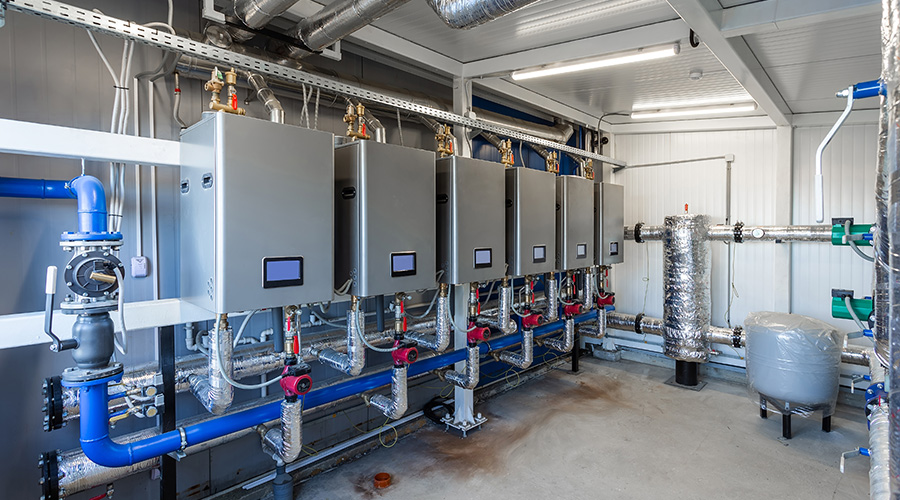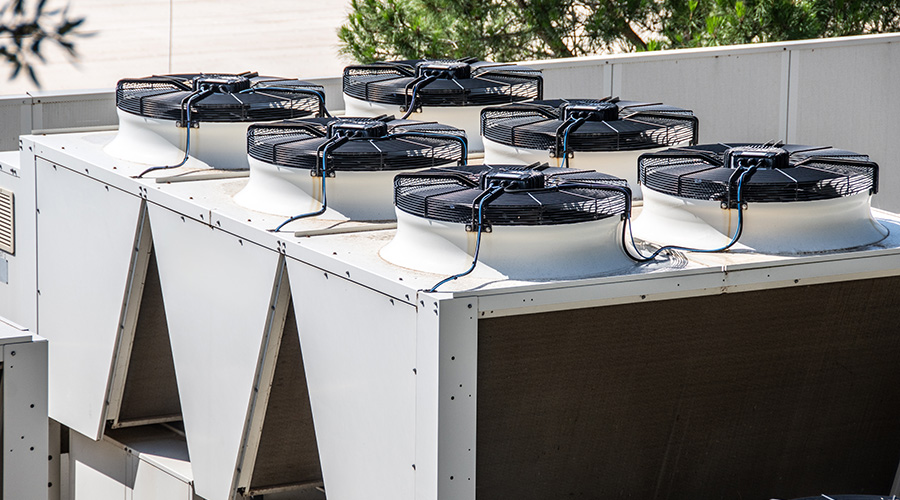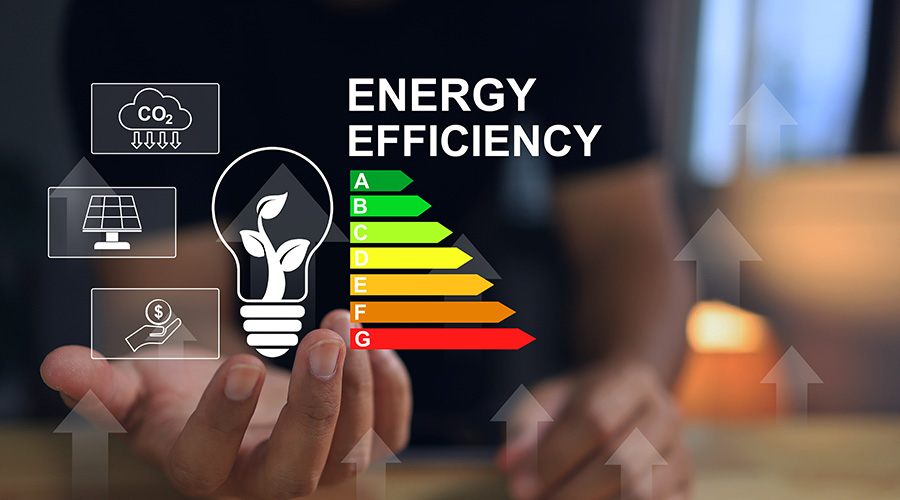Understanding New Technology: Tankless Water Heaters
A growing number of institutional and commercial facilities are tapping into the potential benefits of tankless water-heating technology in an effort to meet occupants’ hot-water demands, minimize energy use, and maximize savings. To deliver on the potential of these products, maintenance and engineering managers need to address a range of issues before making a decision on whether the tankless technology is appropriate for their facilities.
Buildings are one system that is affected, in varying degrees, by systems and conditions working in combination. Understanding the way a building operates and the activities of its occupants are essential in making smart choices related to water-heating technology. For this reason, maintenance and engineering managers need to take part in the design to ensure the project’s success. A closer look at the process of providing domestic water heating illustrates the reasons that managers, engineers and designers need to be clear about expectations for system performance.
Tank-type water heaters
Tank-type water heaters can present challenges for institutional and commercial facilities. For example, traditional tank water heaters attempt to keep a large amount of water warm in anticipation of demand for domestic hot water. In the case of unoccupied buildings, achieving this goal means a domestic water heater runs regularly, even though no demand exists. Even occupied buildings are unoccupied at times, resulting in the heater running without a load.
Unfortunately, turning off tank-type water heaters is not an option. Most building codes dictate that no potable water should be stored at less than 140 degrees in order to kill bacteria and deter bacteria growth.
Another potential challenge with tank-type water heaters relates to installation. Gas-fired equipment has a host of code-driven compliance items, ranging from venting to placement, and most centrally placed hot-water-generating appliances require recirculation systems, which can be expensive to install and operate.
Related Topics:














